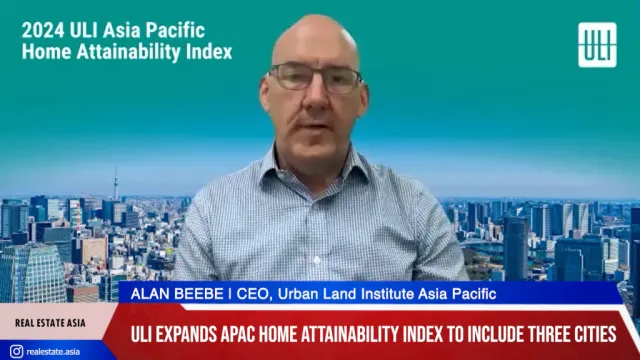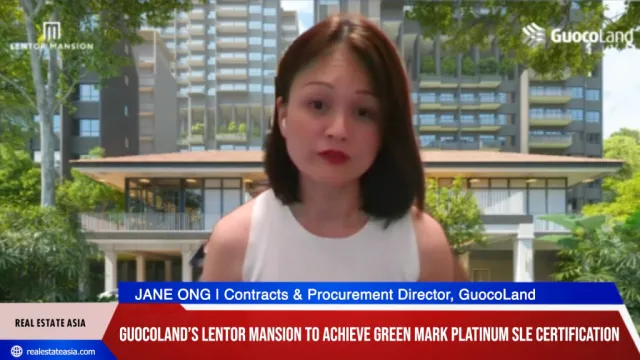
Rightsizing or upsizing: What does the future hold for Singapore’s office market?
The rightsizing trend is expected to materialise over the course of the next 12 months.
As a reaction to COVID-19, on balance, Savills says more office tenants are in the process of rightsizing than upsizing. Also, many have or are planning to shrink their space requirements significantly and intuitively, this leads many to conclude that rents should continue falling even after the pandemic is close to over.
“While we certainly believe that downside pressure exists for Grade A CBD office rents, opinions amongst office leasing experts on the outlook for rents for the remainder of this year and next is still fragmented. However, what is notable has been a change to their prior beliefs in the past three months, shifting from being moderately bearish (a -5% YoY change for 2021) to close to neutral with some even opining that rents could rise.”
Here’s more from Savills:
The latest outlook came in the weeks of June and July 2021 after in situ experience when landlords appear to be more confident in maintaining rents than at the start of the year. Furthermore, the plans of tenants to right-size are expected to be more distributed over the course of the next 12 months instead of clustering around the next two quarters. The spacing out effect coupled with buildings such as AXA Tower and Fuji Xerox Tower being taken offline for redevelopment has given landlords the confidence to dig in.
However, the expectations for office demand among professionals for the next one year is still varied and dependent on the sub-sector they are focused on. Activity in the co-working space has been high and so are those servicing tenants looking to expand from serviced-offices/co-working spaces, to their private premises. Then there is another group seeking to right-size and considering even industrial (B1) buildings (if they meet the screening criteria) or lower grade offices.
Underlying all this, the WFH theme is still pervasive.
The actions taken to combat the pandemic (WFH, restrictions to travel, social distancing) have reset the decades old parameters which have fashioned broad office market behaviour. Unfortunately, because the market is still nowhere close to attaining the next equilibrium, be it permanent or a transitory one, there is a lot of noise regarding its future trajectory. Thus, even for industry veterans, their views are almost as good as a naïve one because such an upheaval had never been experienced before.
However, we believe that some of the noise can be cleared off from the twin perspectives of money supply and credit growth. From a money supply angle, broad money supply (M3) had been trending up over the decades, but that accelerated in 2020, exceeded only by the years 1972 and 1986. And despite the G20 economies contracting 3.3% in 2020, bank credit to domestic companies as a percentage of the global economy rose by an average of 14.4%. For the period January to April 2021, the average growth for the same measure was 17.7%. In other words, although economies did not fare well during this pandemic, more money was created as credit.
All these increases could not be simply swept under a rug and it has to somehow manifest itself in some form or other in the economy. For example, credit can be channelled to:
- Financial (public and private equity, debt, alternative products etc);
- Old economy firms;
- New economy firms;
- Consumers
Of the four general users of credit, the first three would most likely use a greater quantum of office space. We are already seeing the liquidity effects manifest themselves in the form of asset price inflation as seen in the exorable rise of global financial indices and real estate prices. However, the real economy is still not reflecting this. The spill over from the financial economy to the real one may take time though and we believe that it may be 2022 when we will see the effects.
According to research by the OECD, in 2020, GDP growth amongst the G20 countries was a negative 3.3% but is forecast to rise 5.0% in 2021. Global growth is now projected to increase 5.8% this year, a sharp revision from the 4.2% given in December 2020. The upward revisions were a reaction to the rapid roll out of vaccination programs in the developed economies and the massive spend by the Biden administration in the US.



















 Advertise
Advertise






